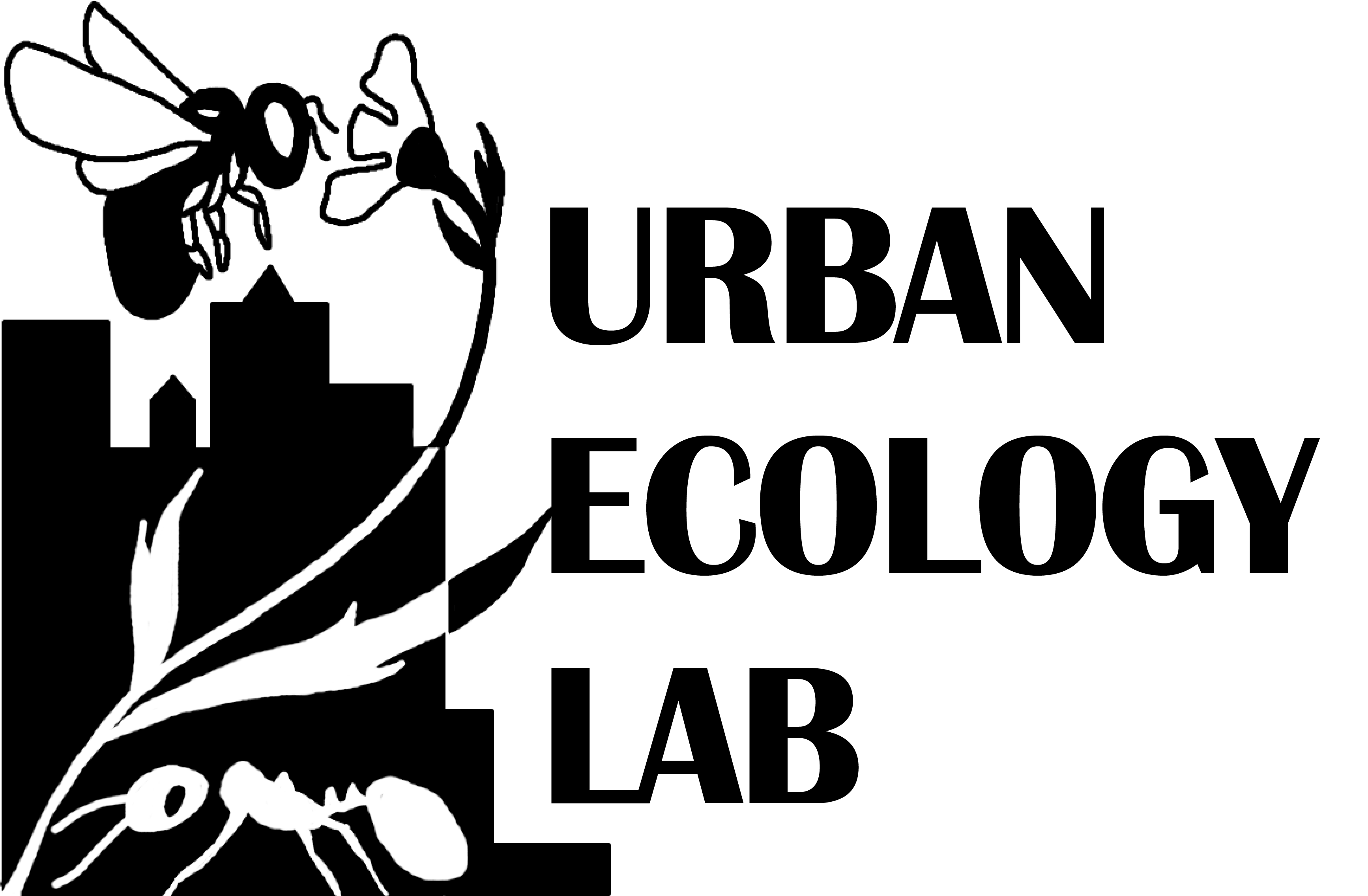CONTACT US
Urban ecologists often view cities as canaries in the ecological coal mine. Cities are extreme examples of environments altered by human activity: Climate change, habitat fragmentation, and pollution affect habitats worldwide, but are especially concentrated in cities. Urban ecosystems may therefore give us a preview of what will happen outside of cities in the future.

In a chapter in the new book Urban Ecology: Its Nature and Challenges, Adam Terando and I explored the parallels (and non-parallels) between urban warming and climate change.
Although ecologists most often think of warming in terms of air temperature, that’s not the whole story. (Which is why your favorite weather app may have a “feels like” temperature, in addition to the air temperature.) Our comfort level–and the actual body temperature of “cold-blooded” animals like insects and reptiles–depends not just on air temperature, but also wind, humidity, and the amount of solar energy that hits us directly or is reflected and radiated from surfaces.
This is where the urban warming/ climate change parallels may break down. Urban warming starts with hot surfaces (pavement, rooftops), that also transfer some of that heat to the air and the organisms around them. The surfaces get far hotter than the air. In contrast, global warming due to climate change affects surface temperatures and air temperatures similarly.
As a result of this mismatch, comparing ecological effects of urban warming and global warming on the basis of air temperature alone is likely misleading. (That is, you can’t just say “when average air temperature hits X degrees, ecological effect Y will happen…since an air temperature X could produce entirely different body temperatures in cities versus outside cities.)
Instead, we need to convert any climatic effect into a shared currency of body temperature or heat index for the specific organisms being studied.
About the chapter
Youngsteadt, E. and Terando, A.J., 2020. Ecology of Urban Climates: The Need for Landscape Biophysics in Cities. Chapter 8 in: Barbosa, P., ed. Urban Ecology: Its Nature and Challenges. CABI.
Google Books preview of the chapter
Chapter PDF available upon request


